Eating My Way Through Istanbul
Istanbul is one of the most intriguing and dynamic cities in the world. Straddling two continents and enjoying a long tradition of welcoming merchants from around the world, the result is a culture that is varied and composed of elements that might surprise you. This is naturally best seen through its food culture, something I knew very little about before taking a Walks of Turkey Istanbul Food Tour. I met my guide on the European side of the side where we hopped on board a ferry to cross the Bosporus to start our tour in the eclectic Kadıköy neighborhood on the Asian side of the city.
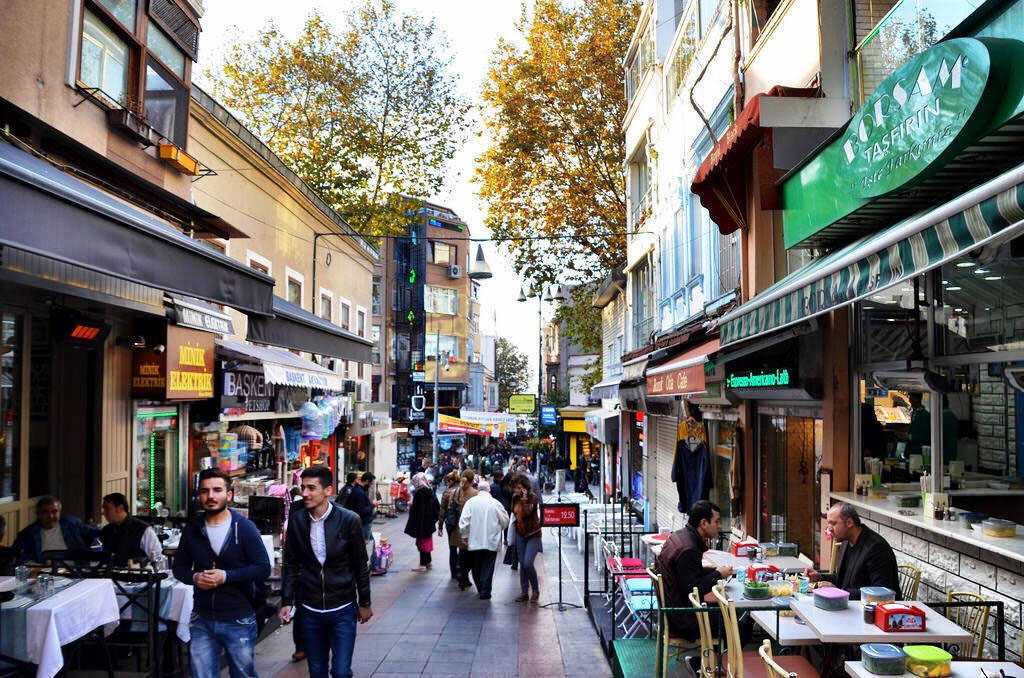
Thanks to its unique position at the intersection of the Western and Eastern worlds, Istanbul has always been a major port city and was where most of the goods traded on the Silk Road passed through on their way to the capital cities of Western Europe. Thanks to this rich multicultural influence over the centuries, Ottoman cuisine is made up of many different elements and flavors, particularly from India, the Middle East and the Far East. No other country enjoys such an incredible mélange of smells and tastes, and it made my own culinary explorations not just tasty, but eye opening.
The first stops on the tour are the ones that surprised me perhaps the most. Having traveled around the Middle East, I know that some desserts exist, but that they’re usually very small and very sweet. Istanbul has those as well, but so much more in addition.
Stopping into a bakery, there were loaves upon loaves of breads in every size, shape and color, including what looked like a cinnamon roll, but which was actually made with sesame paste. The result was a pastry that had a taste almost like peanut butter. Pastry stores displayed their wares proudly with traditional baklava, but also chocolates and a whole host of candied fruits and vegetables. I’m used to some of these preserved and sweetened fruits, like apricots and figs, but in Istanbul you can find anything candied, including olives and even pumpkins.
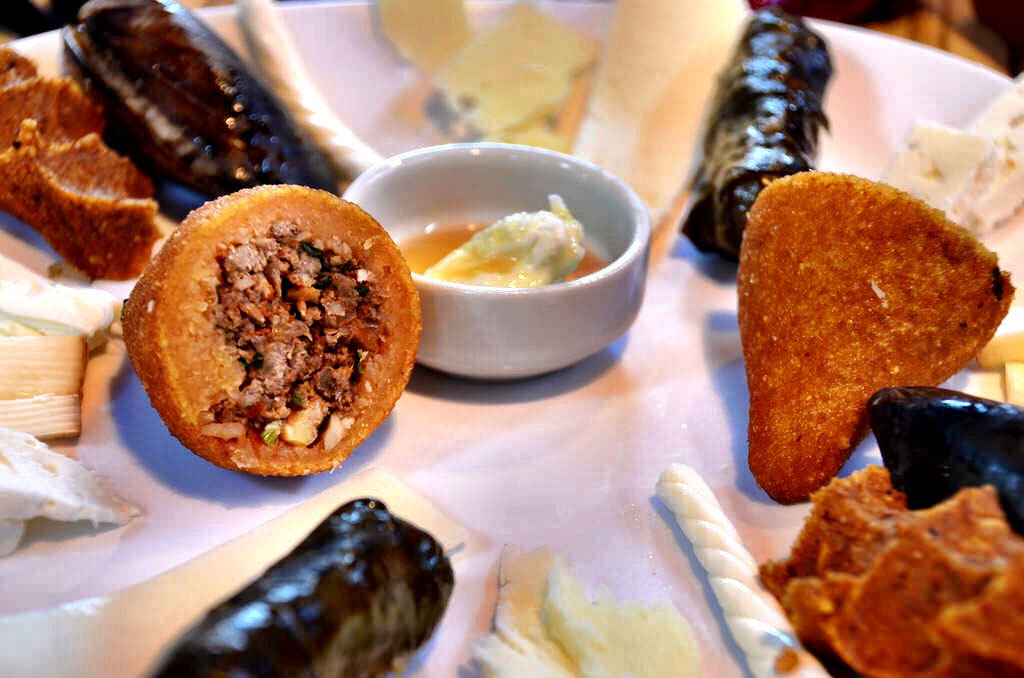
After this prelude, it was time to delve deeper into the meat of Turkish food culture, walking through the neighborhood’s market where every stall specialized in something different. Mezza, small plates, is a popular way to eat in Istanbul, so I decided to have my own little mezza experience at a small deli in the Kadıköy neighborhood. Different kinds of kofte, made with minced meat and spices, homemade cheeses with honey and a few things I couldn’t identify, but which were delicious. Not for the first time that day I wondered how the Turks stay so fit when their food is so very good.
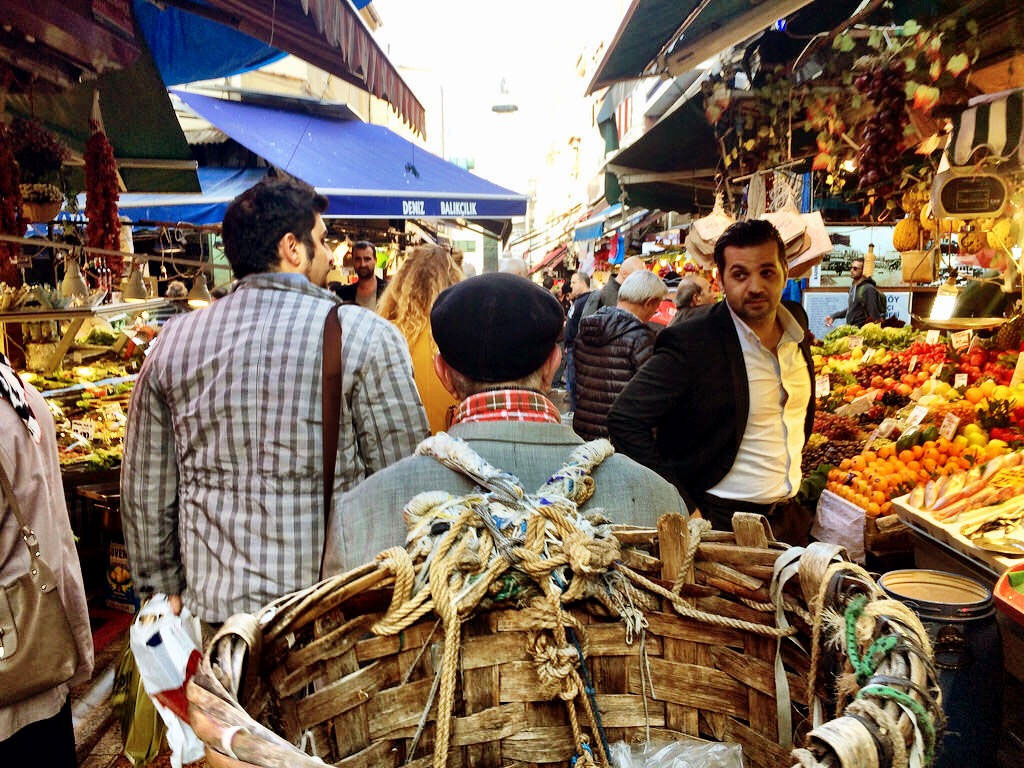
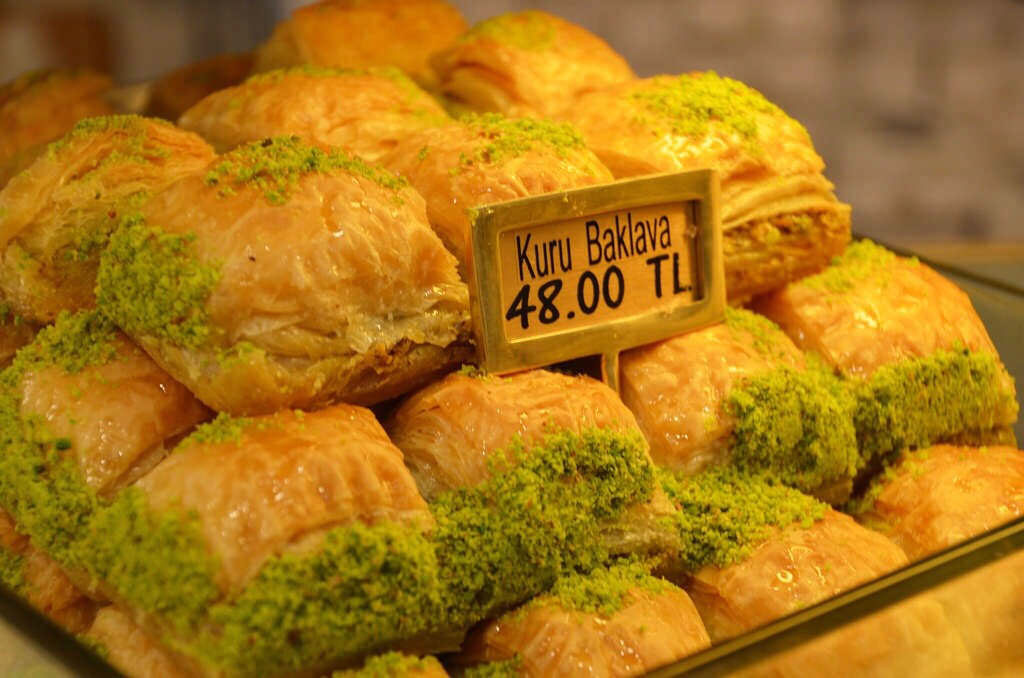
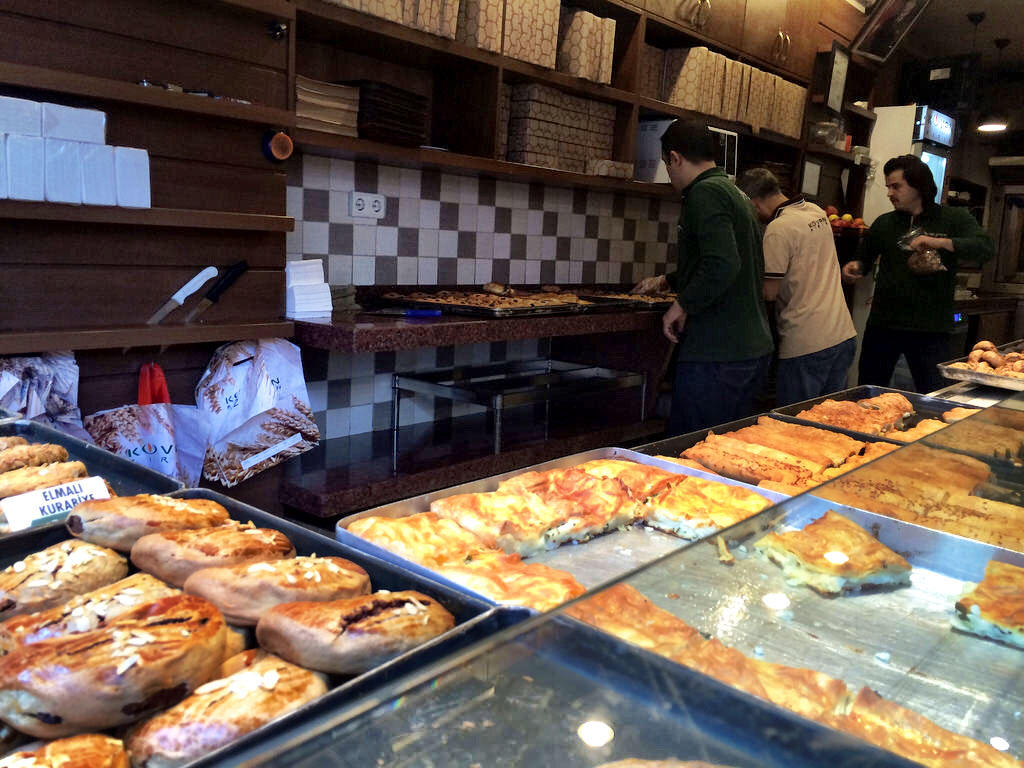
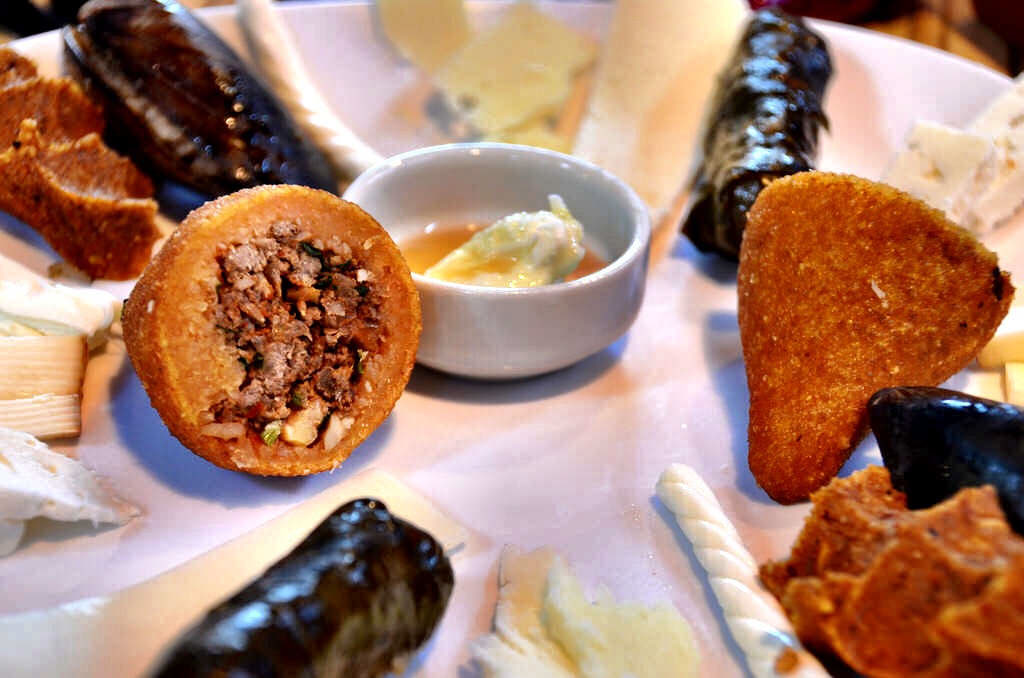
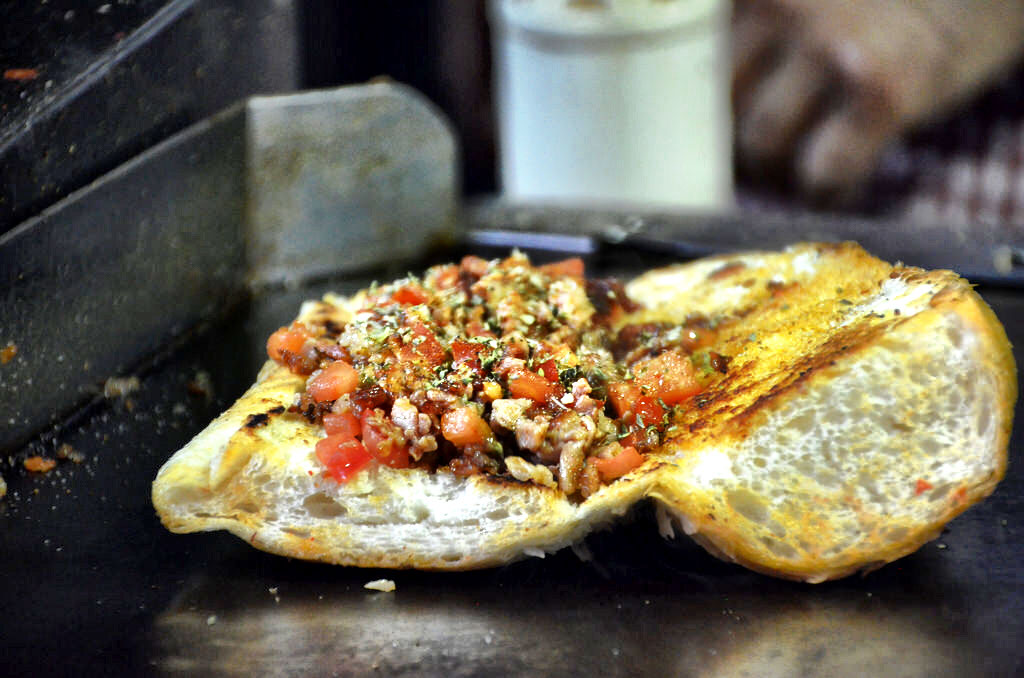
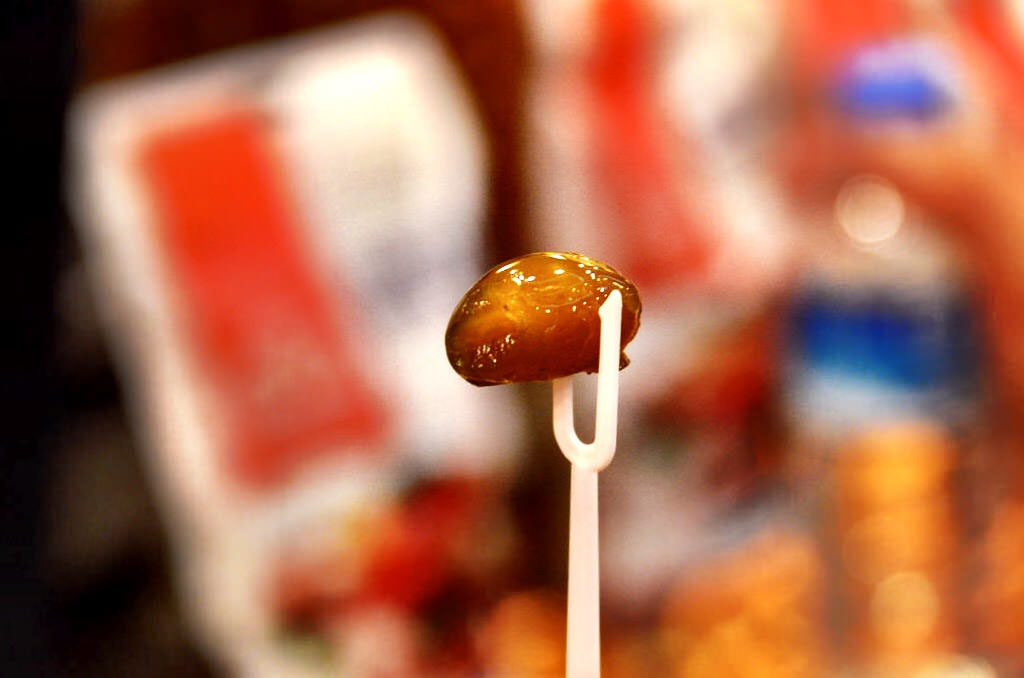
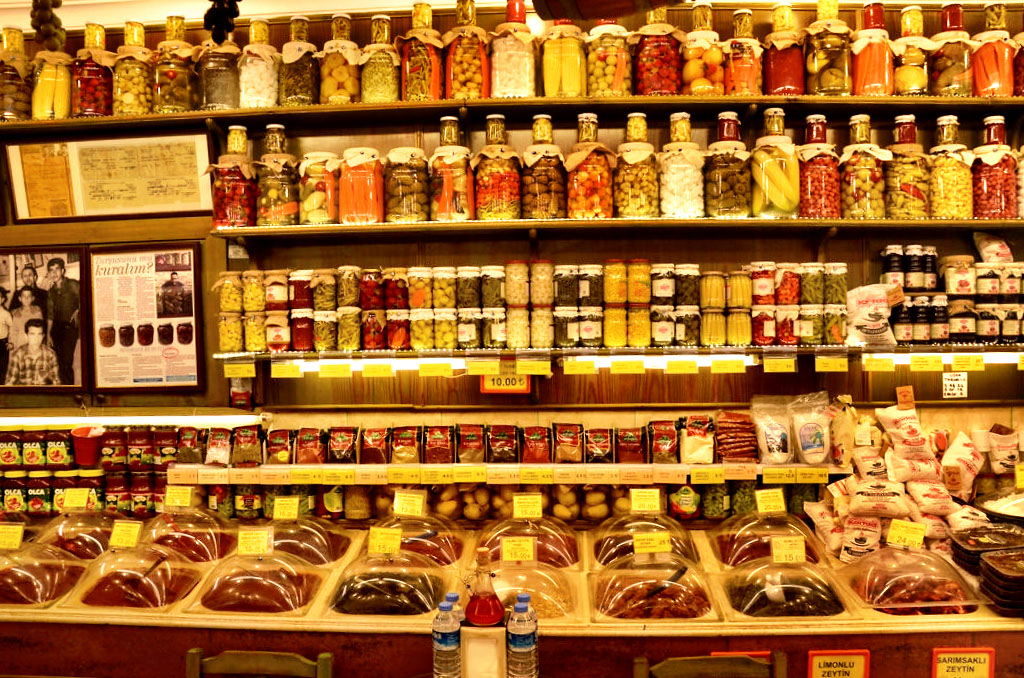
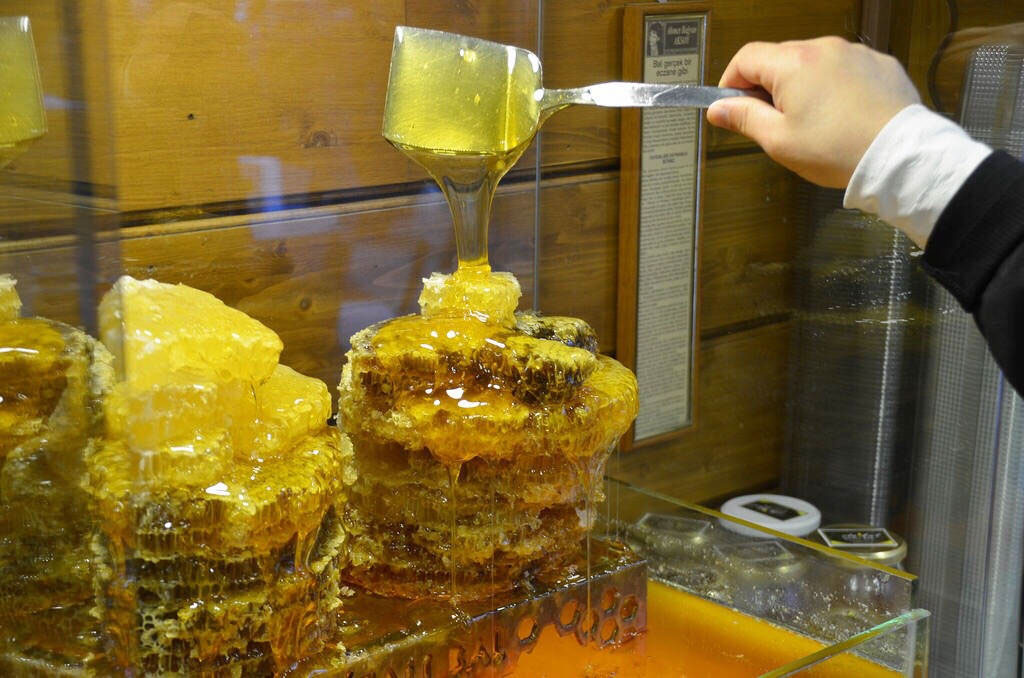
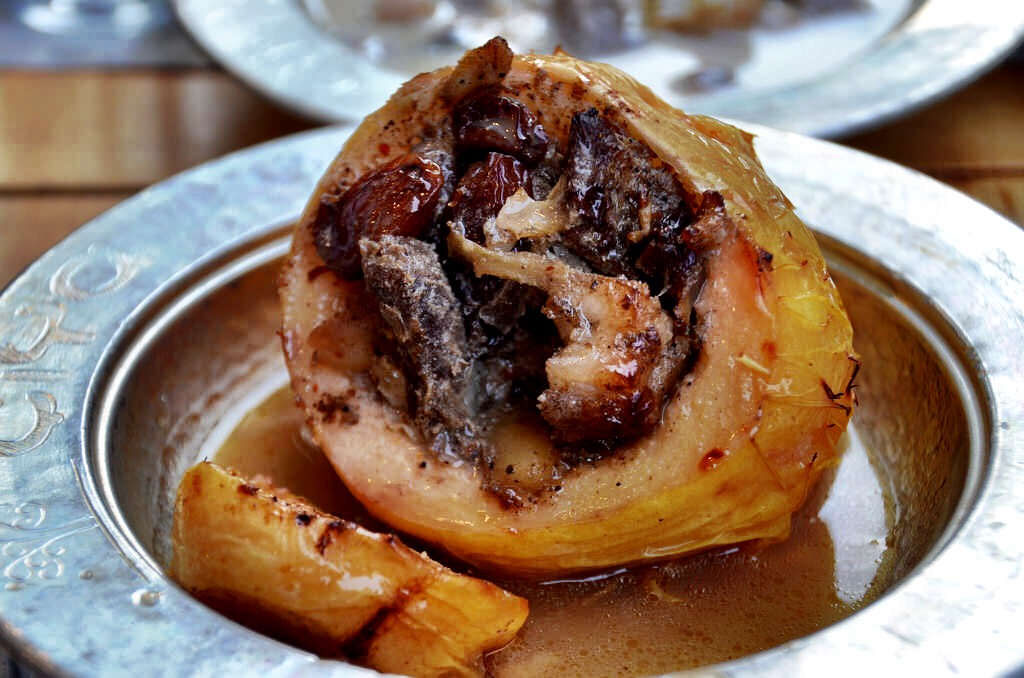
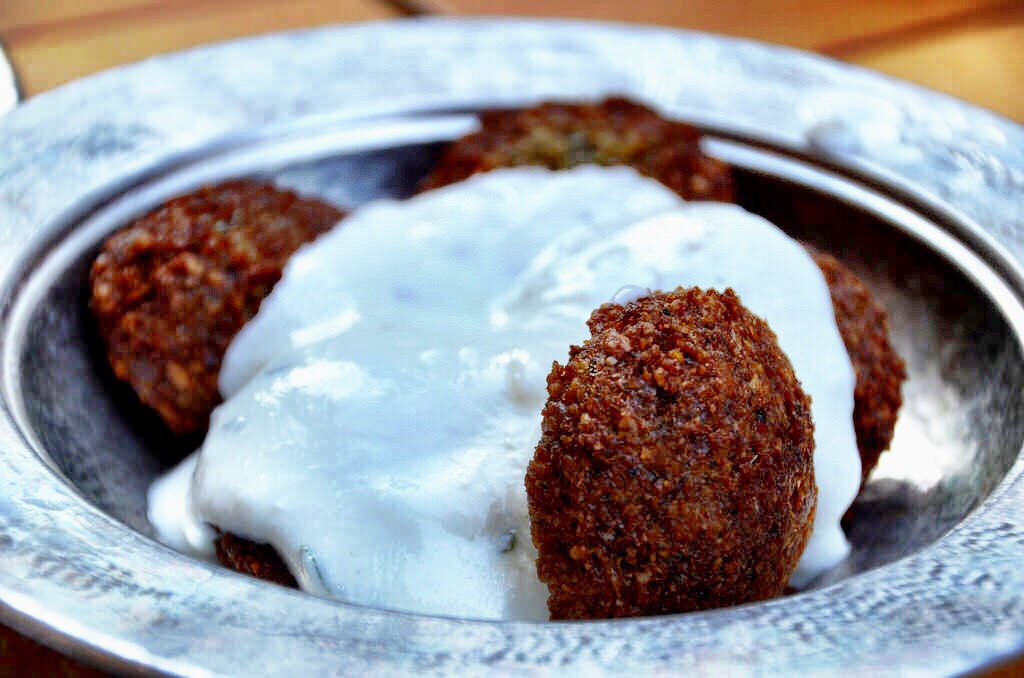
The sun was beginning to set as our tour ended over a cup of thick and traditionally prepared Turkish coffee at one of the many cafes found around the Kadıköy neighborhood.
While not for everyone, this robust coffee is an important tradition in Turkey and throughout this part of the world, and making it is equal parts art and science. Finely ground coffee beans are boiled in a pot with sugar and then served in a small cup where the grounds are allowed to settle.
There’s nothing better in my opinion than slowly sipping a cup of this hearty brew while watching the world walk by - people watching at its best!
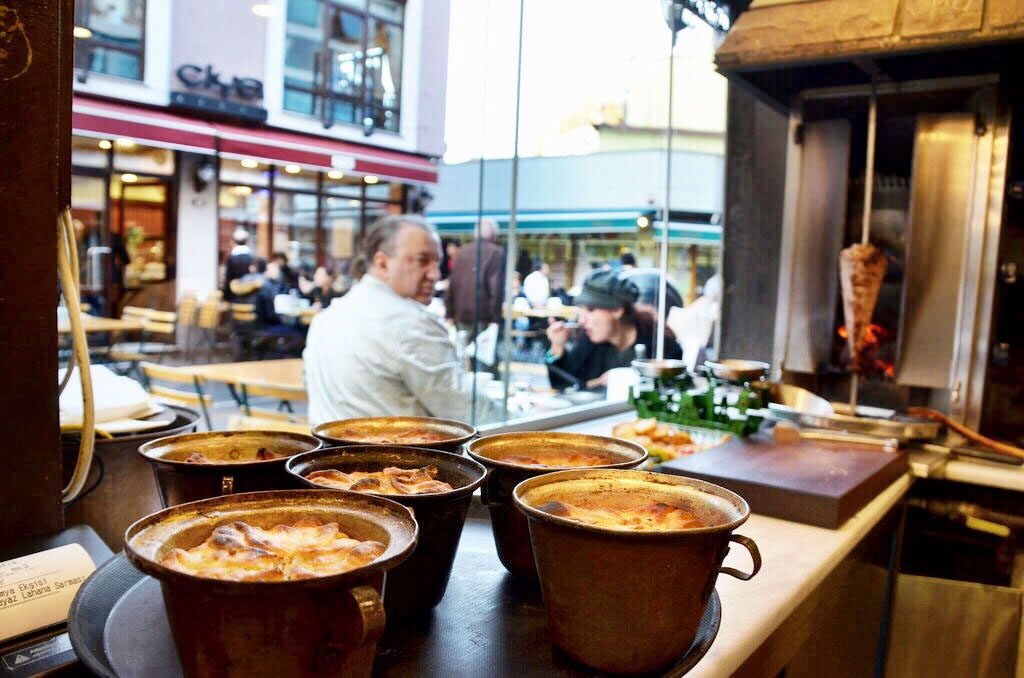
My time in town was very limited, but I went on that Walks of Turkey Istanbul Food Tour for one reason – to learn as much about the heart and soul of the city as I could and I succeeded. Food memories are what we remember most from any travel experience. Taste and smell can bring back memories faster than a word or photo ever will. That’s why I think food tours aren’t just nice, but they’re actually important to do. It’s important to form these permanent memories of a new destination and in the process not just walk away with a full tummy, but with a much deeper and personal understanding of the city than we would get through any other experience.